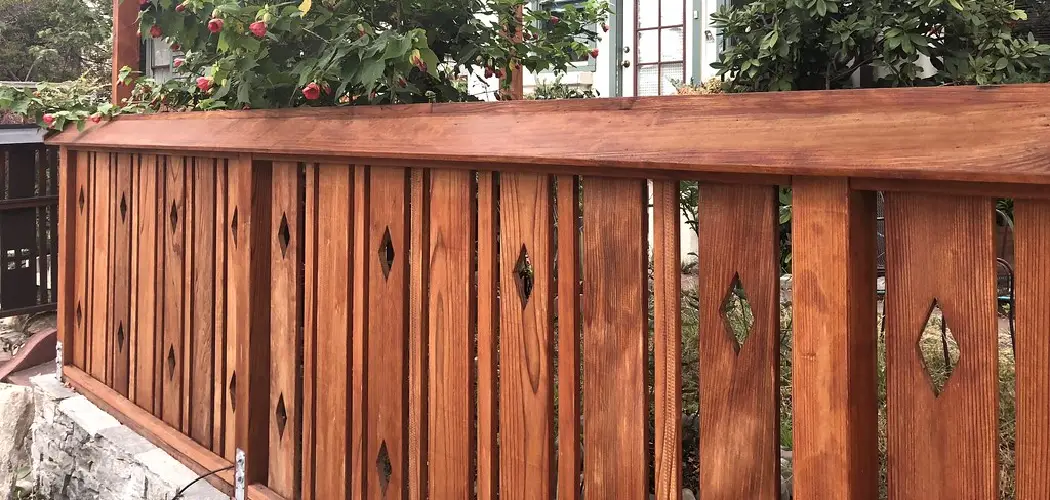Have you ever looked out into your backyard and noticed that your neighbor’s fence seems to be encroaching on your property? Or maybe you’ve recently moved into a new home and are unsure where the property lines are. It can be frustrating and confusing trying to determine ownership of fencing, especially if there is no clear agreement or documentation in place.

But fear not, because, in this blog post, we will discuss everything you need to know about how to know if the fence is yours. From understanding local property laws to effective communication with neighbors, we’ve got you covered. So read on to learn how you can finally answer the age-old question – “Is the fence mine?”
9 Best Ways on How to Know if the Fence is Yours
1. Check Your Property Deed:
The first step in determining fence ownership is to check your property deed. This document, obtained from the county recorder’s office, outlines the boundaries of your property and indicates where fences should be placed. If you have a copy of this document, look for any mention of fencing or property lines. If the language is unclear, it may be best to consult a property lawyer for clarification.
2. Look at Your Property Survey:
If you don’t have access to your property deed, another option is to look at your property survey. This is a detailed map of your property that includes boundary lines and easements, which can help determine where fences should be located. If you can’t find your property survey, you can hire a professional surveyor to conduct one for you.
3. Speak with Your Neighbors:
Communication is key when it comes to fence ownership disputes. Before jumping to conclusions or taking any legal action, have an open and honest conversation with your neighbors about the fencing in question. They may be able to provide insight or come to a mutually agreeable solution. If your neighbors are uncooperative or refuse to discuss the issue, consider involving a mediator or community dispute resolution center.
4. Check Local Property Laws:
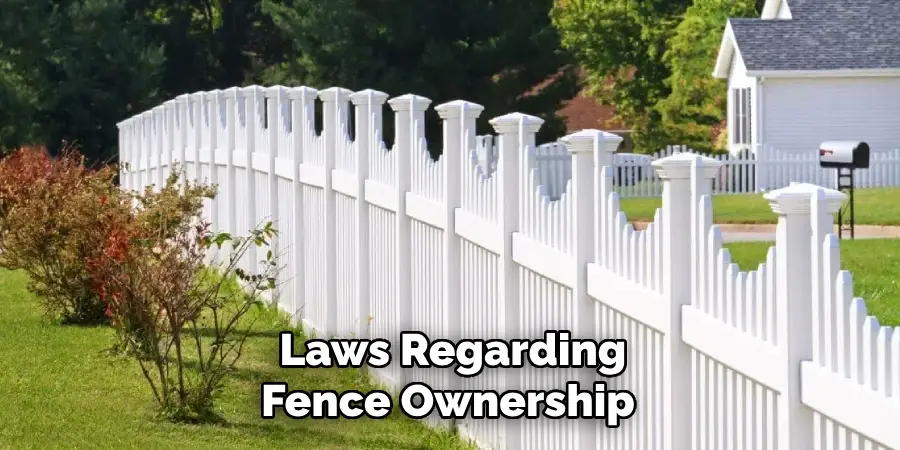
Every state and city may have different laws regarding fence ownership. It’s essential to check with your local government to understand the regulations in your area.
Some states have “good neighbor” fencing laws that require neighbors to split the cost of a shared fence, while others may have specific guidelines for fence placement and ownership. Knowing these laws can help you make an informed decision on how to proceed.
5. Look for Physical Markers:
In some cases, property lines are marked with physical markers such as metal stakes or survey pins. These markers can often be found at the corners of your property or along the boundary line. If you come across any physical markers, take photos as evidence in case of a dispute with your neighbors. This can also be helpful when consulting with a property lawyer.
6. Check for Existing Agreements:
If you live in a planned community or neighborhood with homeowners’ associations (HOAs), there may be existing agreements regarding fence ownership and maintenance. These agreements can often be found in the HOA’s bylaws or CC&Rs (covenants, conditions, and restrictions). Be sure to review these documents before making any changes to your fence.
7. Consider Your Home Insurance Policy:
Believe it or not, your home insurance policy may have coverage for fence disputes. Some policies include coverage for property line disagreements and may provide legal representation in case of a dispute. Check with your insurance provider to see if this is included in your policy. This can provide peace of mind and potentially save you from costly legal fees.
8. Get a Professional Opinion:
If all else fails, consider hiring a professional to review your property boundaries and determine fence ownership. A surveyor or property lawyer can use specialized tools and knowledge to help identify the true owner of the fence in question. While this may come at a cost, it can provide a definitive answer and potentially prevent future disputes with your neighbors.
9. Come to an Agreement:
Ultimately, the best way to determine fence ownership is through open communication and coming to a mutual agreement with your neighbors. This may involve sharing the cost of maintaining a shared fence or agreeing on where the property line lies. Remember to approach the situation calmly and respectfully, as a good relationship with your neighbors is worth more than any fence.
Following these steps can help you confidently answer the question of whether or not the fence is yours. However, it’s always best to consult with a property lawyer if you are unsure about any legal implications. And remember, good communication and cooperation with your neighbors can go a long way in resolving any fencing disputes peacefully. Happy fencing!
Additional Tips and Tricks to Know if the Fence is Yours
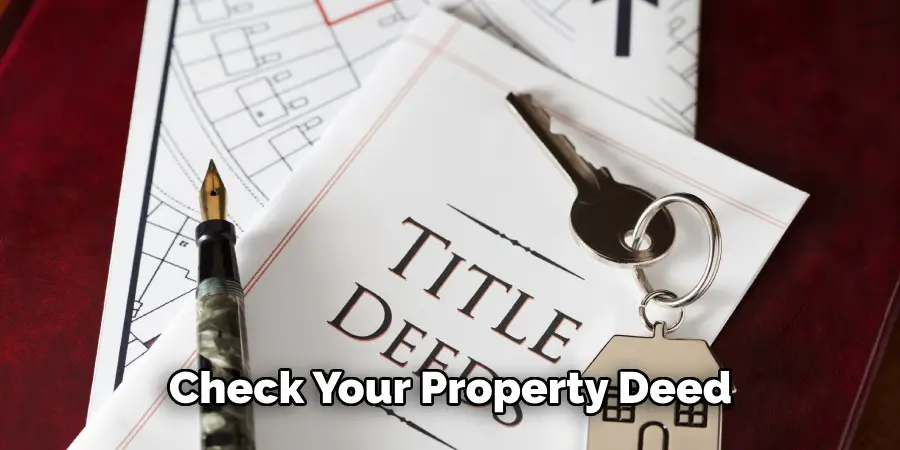
1. One of the best ways to know for sure if the fence is yours or not is to check your property deed. The property deed will clearly outline the boundaries of your property, and it should indicate whether or not the fence belongs to you.
2. If you are unsure about the location of your property lines, consider hiring a professional surveyor to determine where they are. This can be especially helpful if there are multiple fences in the area, making it difficult to determine which one belongs to you.
3. Another way to know if the fence is yours is to look for any markers or signs on the fence itself. Sometimes, previous property owners may have marked their territory with initials or symbols on the fence posts.
4. If you are living in a neighborhood with an HOA (Homeowners Association), check your HOA guidelines to see if they have any information about fence ownership. Some HOAs may be responsible for maintaining and repairing certain fences in the neighborhood.
5. Consider talking to your neighbors to see if they know who owns the fence. They may have more knowledge about the history of the fence or who is responsible for maintaining it.
6. If all else fails, you can also consult your local government or zoning department for information on property boundaries and fence ownership. They may have records or maps that can help determine if the fence is yours.
7. It’s always a good idea to be proactive and communicate with your neighbors about fence ownership before any issues arise. This can prevent any conflicts or misunderstandings in the future.
8. Keep in mind that fences are not always a straight line and may follow the natural contours of the land. This can make it difficult to determine exact property lines, so it’s important to approach fence ownership with understanding and open communication.
9. In some cases, fences may be considered shared property or may have been built by previous neighbors without clear boundaries in mind. In these situations, it’s best to work together with your neighbors to come to a mutual agreement about fence ownership and maintenance.
10. Lastly, always make sure to follow any local laws or regulations regarding fences and property boundaries. Knowing the rules can help prevent any legal issues in the future.
Following these tips and tricks can help you confidently determine if the fence is yours or not. Remember to always approach fence ownership with understanding and open communication, and if there are any disputes, it’s best to try and come to a resolution peacefully with your neighbors. So, make sure to do your due diligence before making any assumptions about fence ownership. Happy fencing!
Frequently Asked Questions
What is Considered a Boundary Fence?
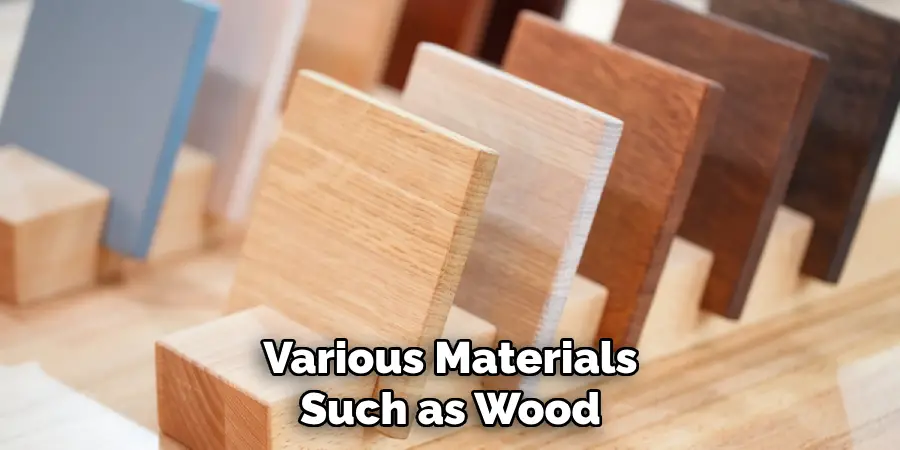
A boundary fence is a structure that marks the division between two properties, usually owned by different individuals or entities. It can be made of various materials such as wood, metal, or wire and can vary in height depending on local laws and regulations.
How Do I Know if the Fence is Mine?
Determining ownership of a fence can sometimes be confusing, especially if you have just moved into a new property. To determine ownership, you can start by checking your property’s survey or deed. This document should clearly show the boundaries of your property and any structures that belong to it, such as a fence.
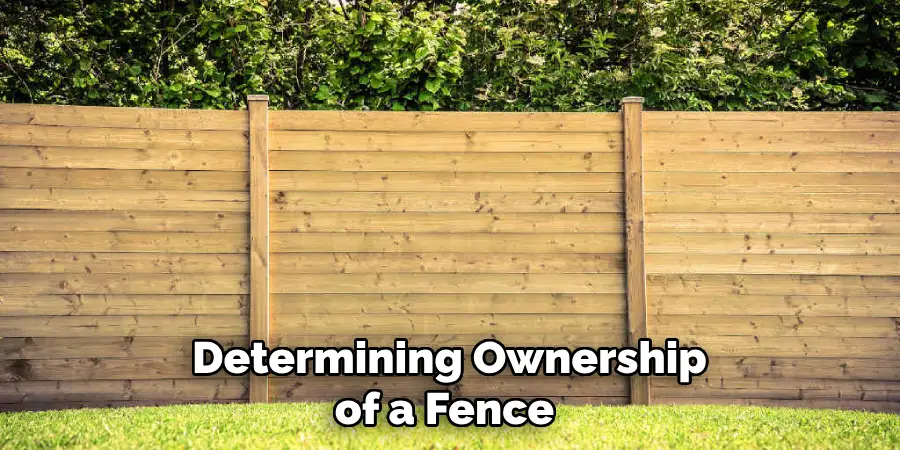
What If There is No Survey or Deed Available?
If you are unable to locate a survey or deed for your property, you can also look for physical markers on the ground such as fence posts or property line stakes. These may have been placed by previous owners or local authorities to indicate property boundaries.
Can I Remove a Fence That is Not Mine?
No, it is not advisable to remove a fence that is not on your property. Even if you are certain that the fence does not belong to you, it is best to consult with a legal professional or your local government before taking any action. Removing a fence without permission could lead to legal consequences.
What If I Want to Make Changes to a Shared Fence?
If the fence in question is shared between two properties, it is important to discuss any changes with your neighbor. You should also refer to local ordinances and property laws before making any modifications to a shared fence. It is always best to have written permission from your neighbor in case of any future disputes.
Conclusion
Knowing how to know if the fence is yours is important for maintaining good relationships with your neighbors and following property laws. If you are unsure about the ownership of a fence, it is best to consult with legal professionals or seek guidance from local authorities. Communication and understanding are key when it comes to dealing with boundary fences, so be sure to discuss any concerns or changes with your neighbors before taking action. So, it’s always better to be well-informed and educated about your property boundaries to avoid any potential conflicts in the future. By following these guidelines, you can ensure a peaceful coexistence with your neighbors while also protecting your property rights. Remember, good fences make good
About
Outdoor Fixes is a distinguished figure in the world of Diy design, with a decade of expertise creating innovative and sustainable Diy solutions.
His professional focus lies in merging traditional craftsmanship with modern manufacturing techniques,
fostering designs that are both practical and environmentally conscious. As the author of diy,
outdoorfixes delves into the art and science of outdoorfixes-making, inspiring artisans and industry professionals alike.
Education RMIT University
(Melbourne, Australia) Associate Degree in Design (Outdoor Fixes) Focus on sustainable design, industry-driven projects,
and practical craftsmanship. Gained hands-on experience with traditional and digital manufacturing tools, such as CAD and CNC software.
Nottingham Trent University
(United Kingdom) Bachelor’s in outdoorfixes.com and Product Design (Honors) Specialized in product design with a focus on blending creativity with production
techniques. Participated in industry projects, working with companies like John Lewis and Vitsoe to gain real-world insights.
Publications and Impact
In diy, Outdoor Fixes his insights on indoor design processes, materials, and strategies for efficient production.
His writing bridges the gap between artisan knowledge and modern industry needs, making it a must-read for both budding designers and seasoned professionals.

